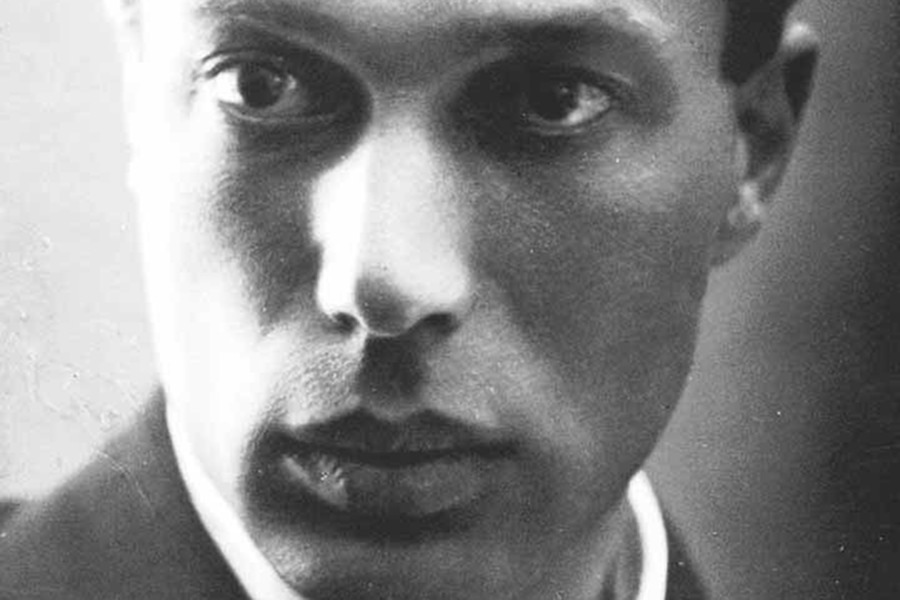
The Fate of Russian Artists under Stalin

TO: carlosamantea@yahoo.comRE: Bulgakov and Mandelstam
FROM: Dr. Phage
The White Guard by Bulgakov is one of the books I started two years ago, and didn't continue reading. It is still by my bedside, with the place I left off marked. Likewise a book about Mandelstam I started and never continued. However, The Fear and the Muse Kept Watch review at RALPH is very fine (who is Pamela Wylie?)
The reviewer is very astute in mentioning the forced collectivization of the early 1930s. That disaster may have been the trigger for all that ensued in the Soviet Union.
One informed analysis (see A. Weisberg's "The Accused") of the Great Terror of the late 30s is that Stalin initiated it in the Communist Party --- although it quickly spread to every part of society --- to prevent any admission of how disastrous the collectivization of agriculture had been. It was precisely within the Party that full statistics on the famine of the early 30s and the decline in agricultural production were known, and could conceivably, therefore, be recognized. Anything but that! Never Admit a Mistake was the cardinal philosophy, not only of Marxism-Leninism-Stalinism, but of many other systems across the political spectrum.
There is one sidelight on Fear and the Muse, not mentioned in the article, that has long struck me. One consequence of the seizure of power by Lenin & Co. was the driving of a remarkable number of Russian creative artists out of Russia. As a result, the West enjoyed the talents of Stravinsky, Rachmaninoff, Tcherepnin, Chagall, Kandinsky, Bunin, Nabokov, later Brodsky, Solzhenitsyn, Vasily Aksyonov, Vladimir Voinovich, and others. Russian culture is surely remarkable in the extent to which its Muse was active in exile.
--- Dr. Phage§ § § In response to the question about our reviewer:
Ms. Wylie has been writing for The Review of Arts, Literature, Philosophy and the Humanities for over 20 years, since its inception. "I am a recluse," she advises us, "living in gentle dignity in a shabby old Georgian house on the Main Line. I live alone but for my dear cat Hodge. Hodge, as you may recall, is named after the feline of 'sable furr' owned by Dr. Samuel Johnson. You also may remember the commentary on Hodge, written by James Boswell, one of those idiots who typically eschews this most majestic of all creatures:"Nor would it be just, under this head, to omit the fondness which he showed for animals which he had taken under his protection. I never shall forget the indulgence with which he treated Hodge, his cat: for whom he himself used to go out and buy oysters, lest the servants having that trouble should take a dislike to the poor creature. I am, unluckily, one of those who have an antipathy to a cat, so that I am uneasy when in the room with one; and I own, I frequently suffered a good deal from the presence of this same Hodge. I recollect him one day scrambling up Dr. Johnson's breast, apparently with much satisfaction, while my friend smiling and half-whistling, rubbed down his back, and pulled him by the tail; and when I observed he was a fine cat, saying, "Why yes, Sir, but I have had cats whom I liked better than this;" and then as if perceiving Hodge to be out of countenance, adding, "but he is a very fine cat, a very fine cat indeed."